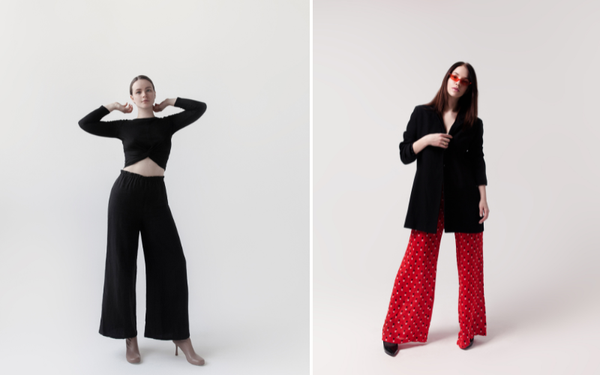Azelaic acid is a natural ingredient that offers a range of benefits for the skin. From reducing inflammation to treating hyperpigmentation, it has become a go-to solution for skin concerns. However, with so many options available on the market, it can be challenging to determine the ideal percentage of azelaic acid to use for the most effective results.
In this blog post, we will explore the various percentages of azelaic acid and help you find the best option for your skincare routine.
Azelaic Acid 10%
Azelaic acid 10% is one of the most common percentages available in marketed skincare products. This strength is an excellent starting point for those who are new to using this ingredient in their skincare routine. It is also ideal for individuals with sensitive skin as it is milder than higher percentages. However, keep in mind that when using 10% azelaic acid, the results may be slower and less intense compared to higher strengths. Some individuals may require a stronger percentage to achieve their desired results.
Azelaic Acid 15%
Azelaic acid 15% is a mid-range percentage and is intended for individuals who require more potency than 10%. This percentage is ideal for those who want to reduce acne, hyperpigmentation, and rosacea symptoms. However, if you have sensitive skin, you may experience some redness and irritation when using this strength. It is essential to consult with a skincare expert before using this percentage if you have sensitive skin.
Azelaic Acid 20%
Azelaic acid 20% is a high-strength percentage and is intended for severe skin concerns such as severe acne, post-inflammatory hyperpigmentation, and melasma. This concentration is quite potent and delivers faster and more promising results. However, it is essential to test your skin's tolerance before starting with this percentage, especially if you have sensitive skin. Start with a lower strength of azelaic acid and gradually work your way up to 20% if your skin adapts well.
Azelaic Acid 30%
Azelaic acid 30% is the highest strength available for topical skincare use. It is generally prescribed by a dermatologist and may require close supervision. It is intended to treat severe skin concerns such as cystic acne and resistant hyperpigmentation. If you require this percentage, it is crucial to follow your dermatologist's guidance and monitor your skin's reaction when using this percentage.
Conclusion:
In conclusion, choosing the right percentage of azelaic acid for your skincare routine depends on your skin type and the severity of the skin concern you are addressing. It is essential to start with a lower percentage if you have sensitive skin or are new to this ingredient. Always consult with a skincare expert or dermatologist before starting a new skincare routine and introducing higher percentages. With the right percentage of azelaic acid, you can successfully address a range of skin concerns and achieve a healthier, rejuvenated complexion.










